The art of bonsai involves not only the cultivation and shaping of miniature trees but also the creation of a harmonious and visually appealing landscape. Bonsai rocks play a crucial role in achieving this balance, providing a natural and complementary element to the overall design.
Bonsai rocks have been used in traditional Japanese gardens for centuries, symbolizing strength, stability, and the enduring beauty of nature. In this article, we will explore the different types of bonsai rocks, how to choose the right rocks for your bonsai landscape, and tips for incorporating them into your design.
Types of Bonsai Rocks
There are several types of bonsai rocks that you can use to enhance your bonsai landscape. Some popular choices include:
- Ibigawa rock: A volcanic conglomerate, which is a mixture of different rock types welded together by the heat of a volcano.
- Sandstone: Made up of sand-sized grains of rock, minerals, or organic materials, sandstone is known for its unique texture and natural color variations. It can come in various colors, including red, brown, and yellow.
Please note that it is generally not recommended to use marble or quartz, as their shiny and glittering textures can detract from the natural effect of the trees.
Choosing the Right Bonsai Rocks
Selecting the right bonsai rocks for your landscape is essential to create a harmonious and visually appealing design. Here are some considerations and tips for choosing the perfect rocks:
- Size and scale of the bonsai tree: Choose rocks that are proportional to the size of your bonsai tree. Smaller rocks work well with smaller trees, while larger rocks can help to balance the visual weight of a larger tree.
- Color and texture of the rocks: Select rocks with colors and textures that complement the overall design of your bonsai landscape. Consider the color of the tree’s foliage, trunk, and pot when making your decision. Natural, weathered rocks with interesting textures can add depth and character to your design.
- Natural or artificial rocks: While natural rocks are preferred for their authenticity, artificial rocks can also be used if they closely mimic the appearance of natural stones. Resin-based and concrete rocks are popular artificial options.
- Sourcing bonsai rocks: You can find suitable rocks for your bonsai landscape at local landscaping stores, online bonsai supply shops, or even in natural environments like rivers, forests, or mountains. Always ensure that you have permission to collect rocks from natural areas and clean them thoroughly before use.
By considering these factors and exploring various options, you can select the ideal bonsai rocks to enhance the beauty of your miniature landscape.
Incorporating Bonsai Rocks into Your Bonsai Landscape
Incorporating bonsai rocks into your landscape requires careful planning and attention to detail. Here are some tips and techniques to help you create a stunning and harmonious bonsai display:
Creating a natural-looking rock arrangement: Arrange the rocks in a way that mimics natural rock formations, such as clusters or scattered placements. Avoid symmetrical or overly uniform arrangements, as they may appear artificial.
Using rocks as a focal point in the design: Strategically place a larger or uniquely shaped rock as the focal point of your bonsai landscape. This can help draw attention to the composition and create visual interest.
Creating different landscape styles with rocks: You can use bonsai rocks to create various landscape styles that evoke different natural environments. Some popular styles include:
- Mountain landscapes: Use rocks with jagged edges and irregular shapes to simulate mountain peaks or rugged terrain. Arrange the rocks in layers or tiers to create a sense of depth and dimension.
- Riverbank or stream landscapes: Choose rounded, smooth rocks to represent riverbeds or stream banks. Arrange the rocks in a meandering pattern, and consider adding a small water feature for added realism.
- Cliff or rock wall landscapes: Select flat, vertically oriented rocks to create the illusion of a cliff face or rock wall. Position the rocks close together, with the bonsai tree appearing to cling to the rocky surface.
- Securing and anchoring rocks in the bonsai pot: To ensure the stability of your rock arrangement, secure the rocks in the bonsai pot using a combination of soil, wire, or adhesive. This will prevent the rocks from shifting or toppling over, protecting both the rocks and your bonsai tree.
By incorporating bonsai rocks into your landscape with these techniques, you can create a captivating and natural-looking miniature environment that showcases the beauty of both your bonsai tree and the surrounding rocks.
Caring for Your Bonsai Rocks
Proper care and maintenance of your bonsai rocks are essential to preserve their beauty and ensure the overall health of your bonsai landscape. Here are some tips for keeping your bonsai rocks in top condition:
- Cleaning and maintaining bonsai rocks: Over time, algae and moss may grow on your bonsai rocks, especially in moist or shaded areas. While some moss growth can add a natural touch to your landscape, excessive growth can detract from the appearance of the rocks and even affect the health of your bonsai tree. To clean your rocks, use a soft brush and water to gently scrub away any unwanted growth. Avoid using harsh chemicals or abrasive materials, as they can damage the rocks’ surface.
- Preventing mineral buildup: Minerals from water and fertilizer can accumulate on the surface of your bonsai rocks, resulting in unsightly white deposits. To prevent this buildup, use rainwater or distilled water for watering your bonsai tree whenever possible. Additionally, be mindful of your fertilizer application and avoid applying it directly to the rocks.
- Ensuring proper water drainage around rocks: Poor water drainage can lead to root rot and other health issues for your bonsai tree. Ensure that your bonsai pot has adequate drainage holes and that the rocks do not obstruct the flow of water. You may also want to use a well-draining soil mix to help prevent waterlogged conditions around your bonsai rocks.
By following these care and maintenance tips, you can keep your bonsai rocks looking their best and ensure a healthy environment for your bonsai tree to thrive.
Conclusion
Bonsai rocks play a significant role in enhancing the overall aesthetic of a bonsai landscape, adding depth, character, and a sense of natural harmony. By choosing the right type of rocks and incorporating them thoughtfully into your design, you can create a visually appealing and well-balanced miniature environment that showcases the beauty of both your bonsai tree and the surrounding rocks.
Remember to experiment with different types of rocks and landscape styles to create a unique and captivating bonsai display. With proper care and maintenance, your bonsai rocks will continue to contribute to the enduring beauty of your miniature landscape for years to come.

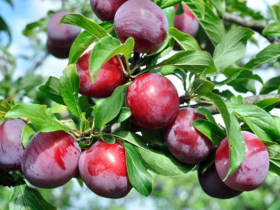

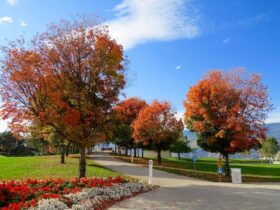
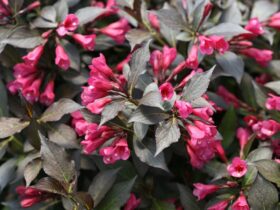
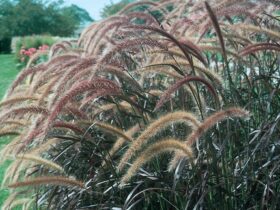
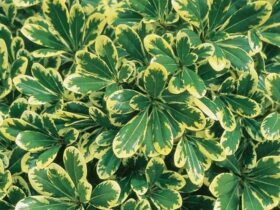

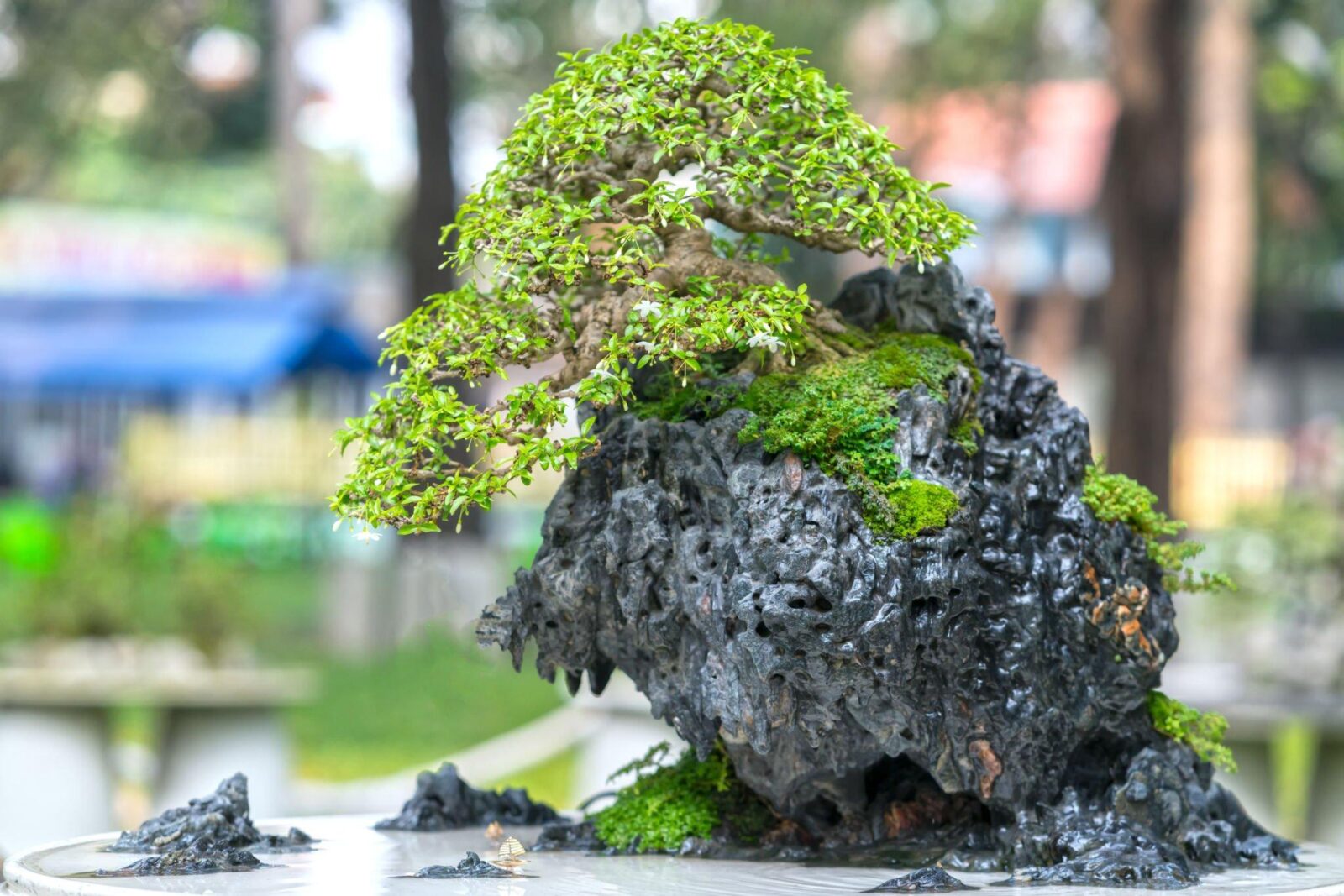
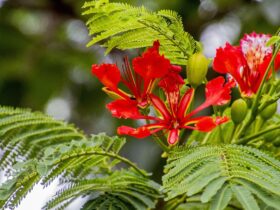

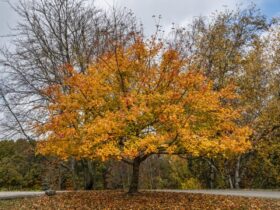

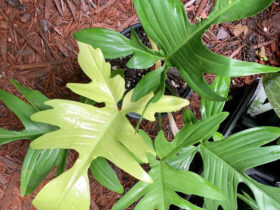
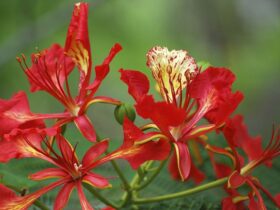
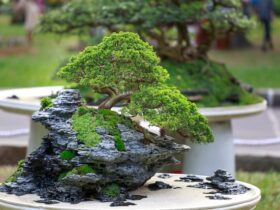

Leave a Reply